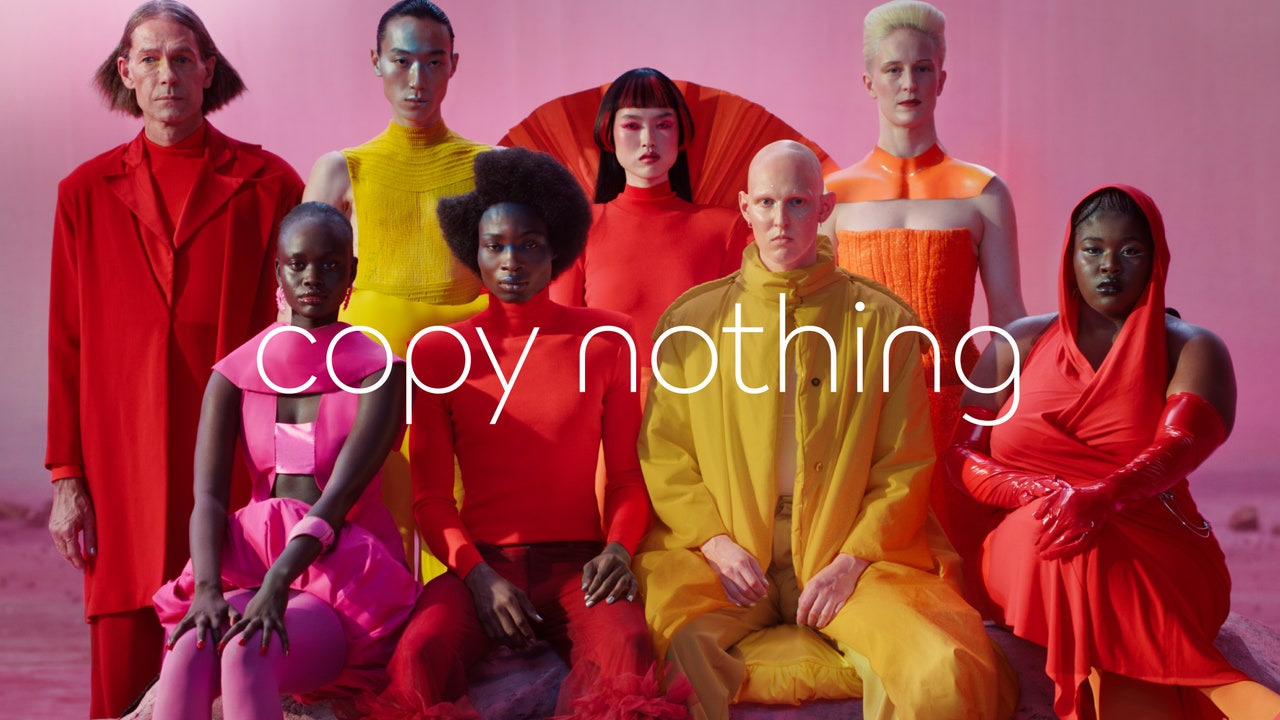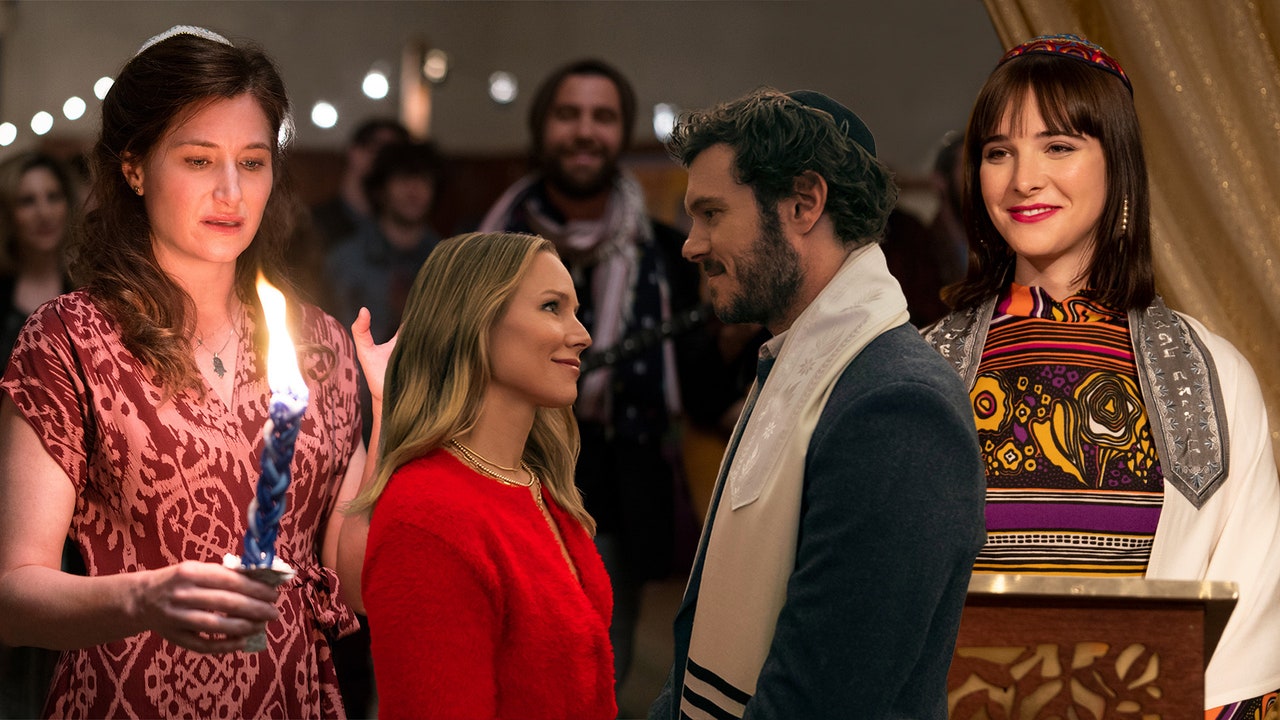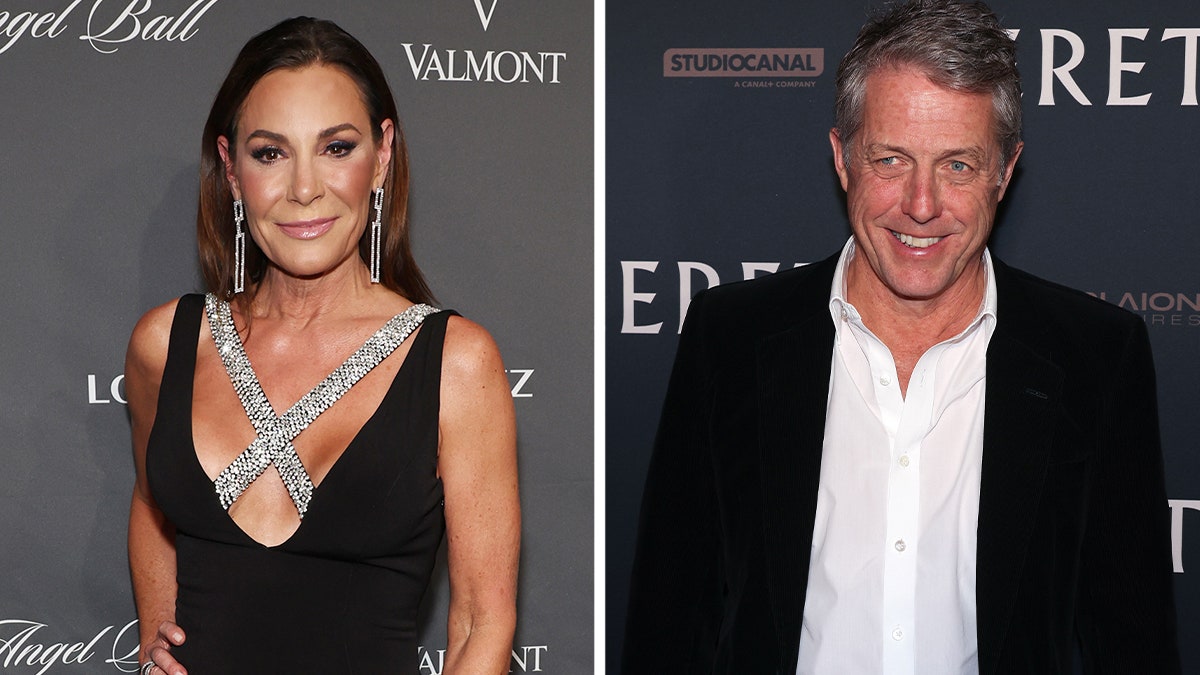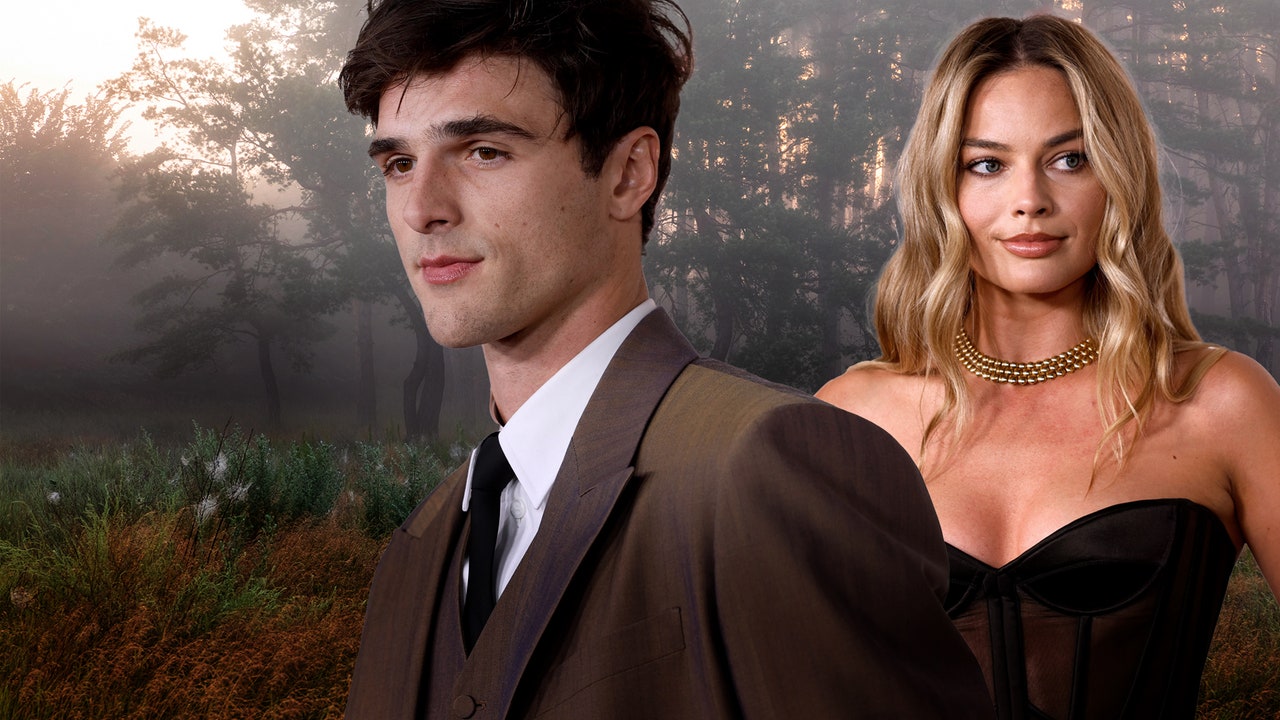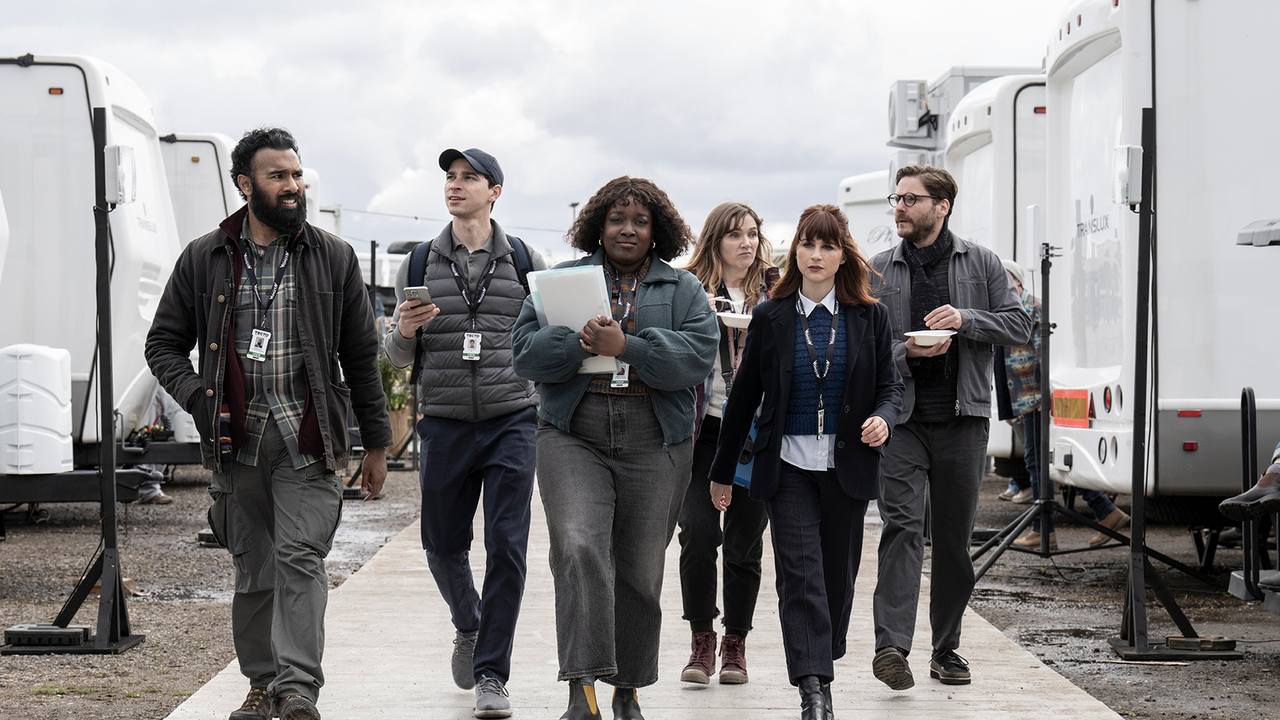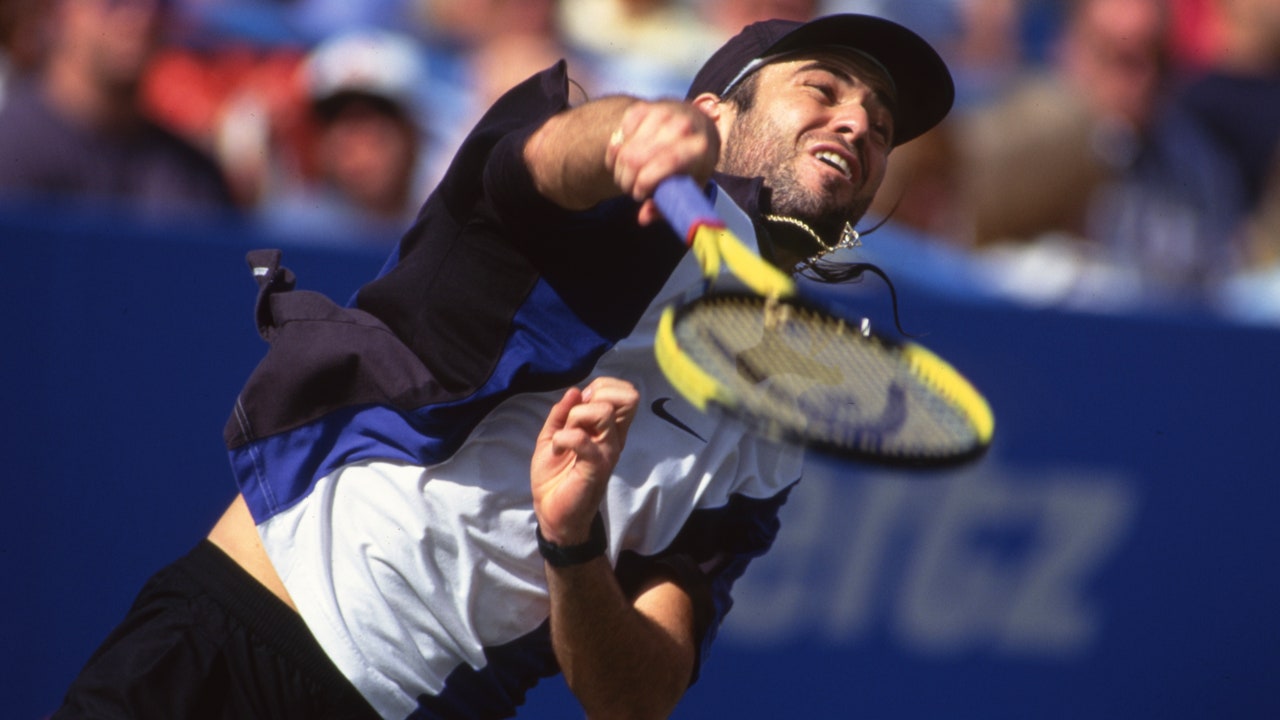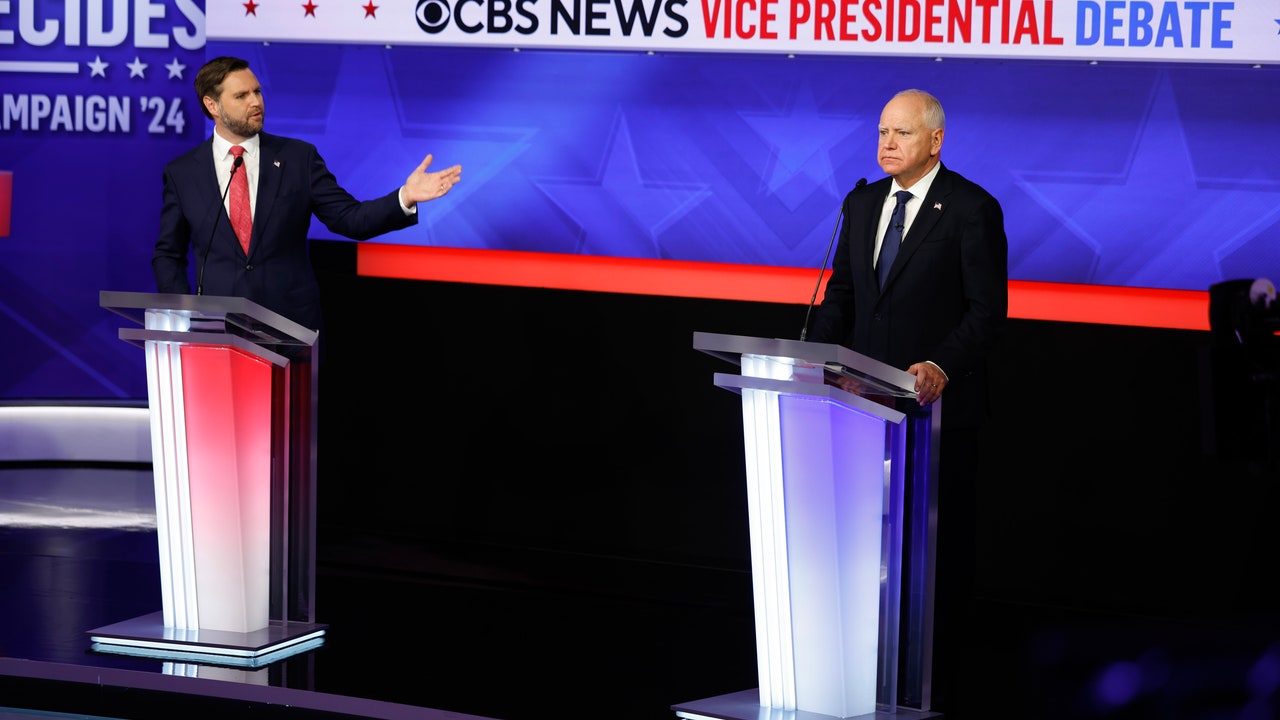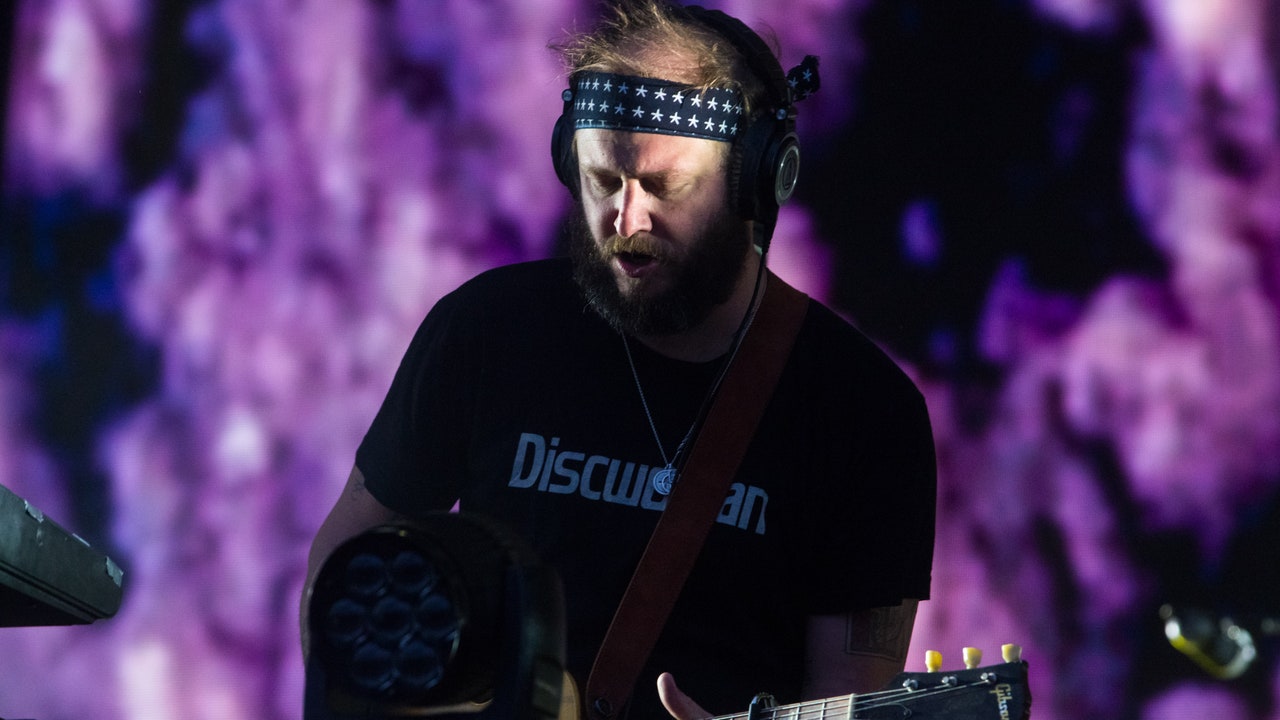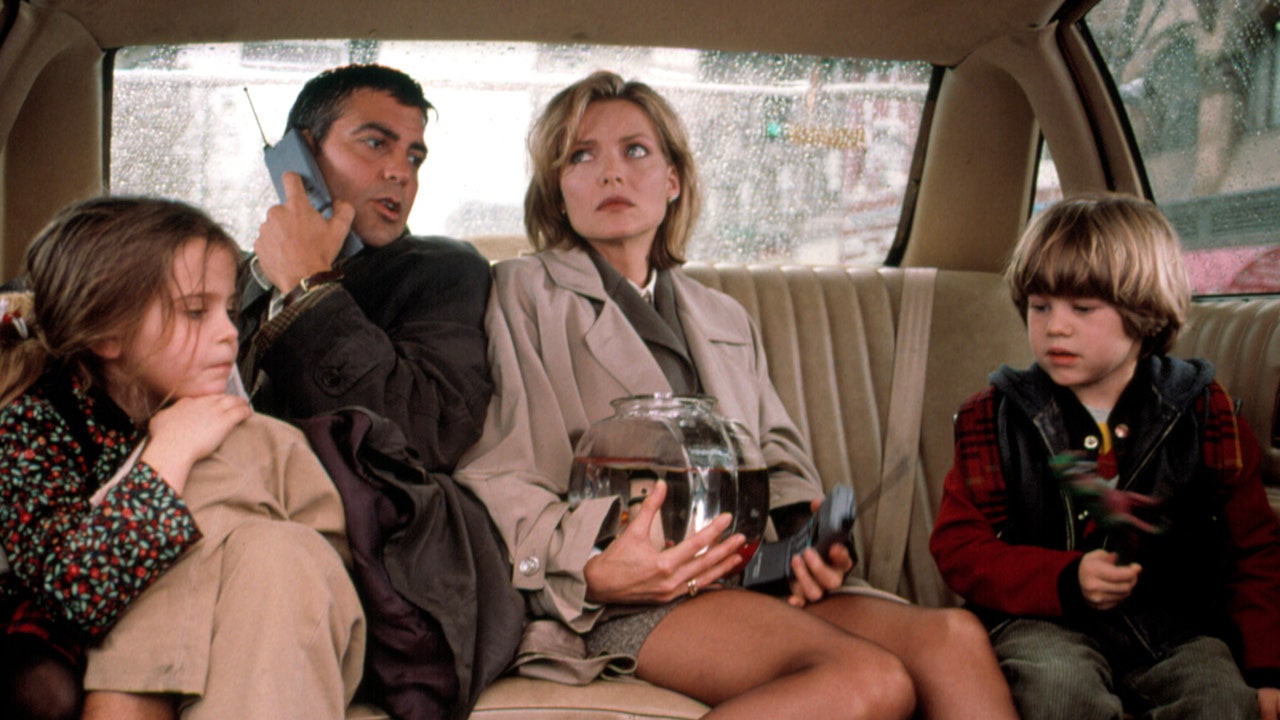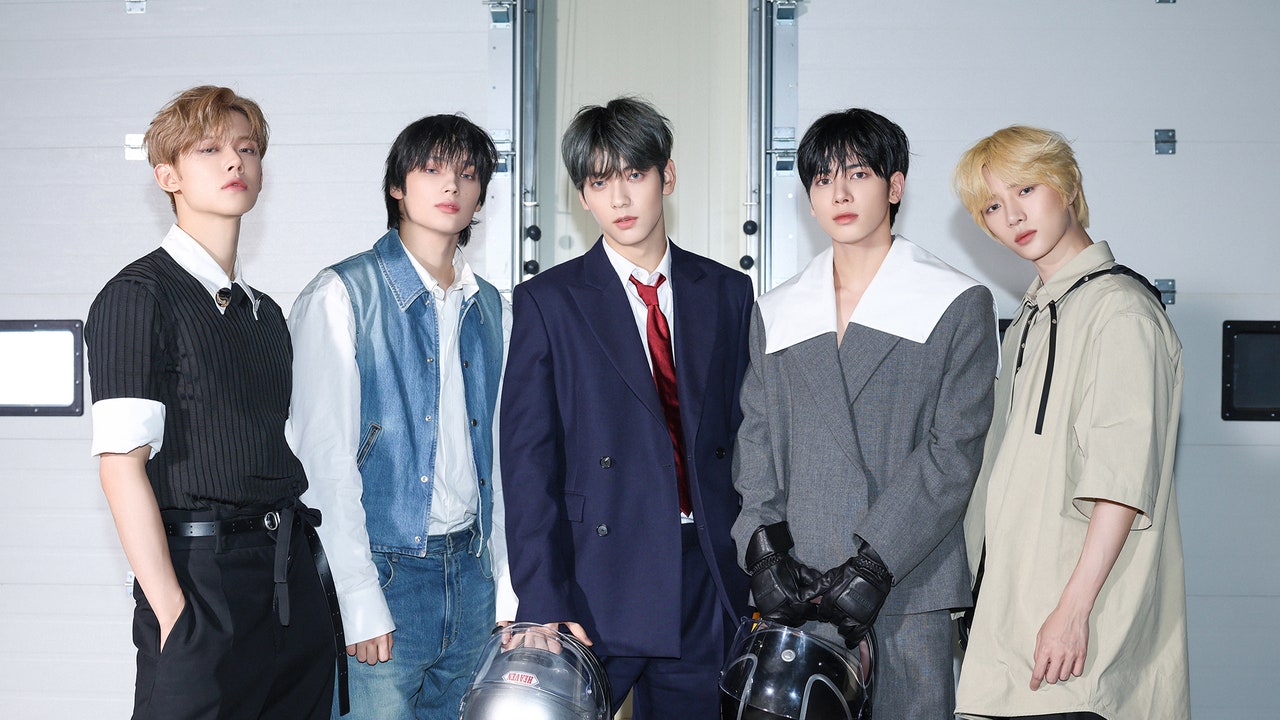The internet adores a woman who fits seamlessly into a specific category. The traditional wife, glowing under the warmth of freshly made sourdough, her existence a tribute to wistful domesticity. The voluntarily childless woman, savoring Aperol Spritzes on a sun-drenched balcony, her independence honored as freedom.
However, the career-driven mother who lands somewhere in between? She seldom receives such an idealized portrayal. Instead, she’s depicted as the symbol of fatigue: shouting into the void, overwhelmed by challenges both systemic and profoundly individual.
These portrayals are grounded in reality. The career-oriented mother indeed shoulders a significant burden, maneuvering through systems crafted for a bygone reality. She juggles work, family, and self in a world that frequently seems apathetic to her demands. Yet, concentrating solely on her hardships overlooks another essential truth: the happiness arising from harmonizing two worlds, and deriving delight and significance from both.
I adore being a professional mother. I cherish my occupation, which prompts me to think swiftly, introduces me to fascinating individuals, and enables me to collaborate with colleagues who appreciate and esteem me. I adore my son, who is humorous, insightful, and brimming with curiosity, and with whom I share a bond that feels both deep and truly one-of-a-kind. Above all, I adore that I get to embrace both of these roles simultaneously.
Part of that happiness stems from recognizing that this life wasn’t guaranteed—not for me, nor for many women I grew up around. In the lower-middle-class area where I was raised, most mothers remained at home—not due to ideological beliefs, but because they had few alternatives. My own mother, a blue-collar woman who didn’t complete high school, never had the opportunity to pursue her aspirations, or even the space to envision what they might be. I matured with the internalized notion that motherhood necessitated putting your ambitions on hold, at least temporarily.
Contrary to the customs I was raised with, I returned to work merely five weeks after my son arrived, to help add the final touches to a play I’d been producing. I continued working part-time during his infant and toddler stages, partly because I desired to and partly because it was all within my financial reach. My spouse and I considered childcare a shared expense, yet with my income so modest, it was difficult to justify full-time care.
